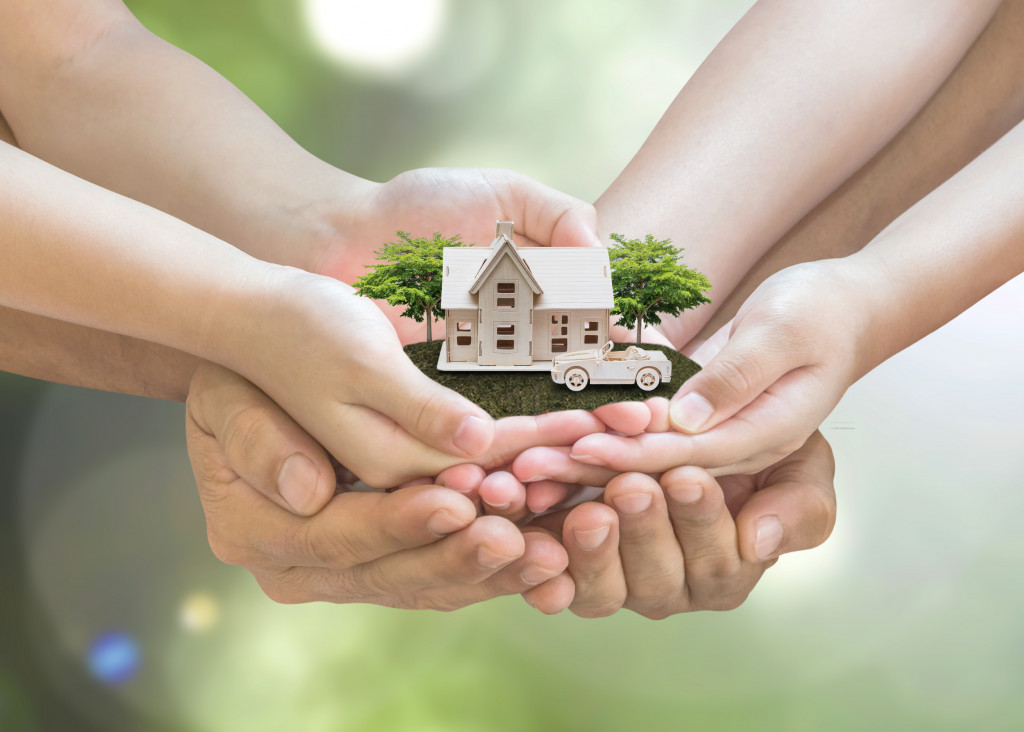- Design sustainable buildings and use energy-efficient fixtures to reduce carbon footprint.
- Promote eco-friendly practices in the community through programs and education.
- Utilize renewable energy sources, create a stormwater pollution prevention plan, and implement recycling programs to reduce waste.
- Increase awareness in the community about sustainable construction projects.
- Partner with other organizations to share resources and seek feedback from the community and local authorities to improve projects.
Nonprofit organizations have played a pivotal role in shaping communities by providing affordable housing, rebuilding schools and parks, and improving infrastructure. However, it’s essential to ensure that these construction projects are sustainable and eco-friendly to protect our planet. Here are some effective ways in which nonprofits can contribute to sustainable construction projects in their communities.
Designing Sustainable Buildings:
Designing sustainable buildings is the first step towards creating eco-friendly communities. Nonprofits must collaborate with architects and engineers to ensure that the buildings comply with green building standards.
These standards can include using energy and water-efficient fixtures and incorporating natural lighting. Furthermore, nonprofit organizations can also consider using sustainable materials such as bamboo or recycled wood to reduce the carbon footprint of the project.
Nonprofits can consider using hybrid vehicles or electric-powered tools to reduce emissions from construction activities. Furthermore, the equipment used in the project must be maintained regularly to ensure efficiency. This approach can also reduce the operational cost of the project.

Promoting Sustainable Practices in the Community:
Nonprofits have a significant influence on their communities. As such, they can promote sustainable practices in the community by educating the locals on eco-friendly practices. Here are some programs that can also highlight the importance of sustainable construction projects in creating eco-friendly communities:
Utilizing Renewable Energy Sources:
Nonprofits can contribute to sustainable construction projects by utilizing renewable energy sources. The use of solar panels or wind turbines can reduce the dependence on non-renewable energy sources, such as fossil fuels. This approach can also significantly reduce energy bills, which can save costs in the long run.
Stormwater Pollution Prevention Plan:
Nonprofits can also create an efficient construction stormwater pollution prevention plan (SWPPP) to ensure that the runoff from construction sites does not pollute nearby water bodies. This plan must include measures such as creating bio-swales and planting vegetation near the site to reduce erosion and contamination.
Implementing Recycling Programs:
Nonprofits often overlook the importance of implementing recycling programs in their construction projects. However, recycling is one of the most effective ways to reduce waste and minimize the environmental impact of construction projects.
Nonprofits can collaborate with waste management companies to set up recycling bins on construction sites. These bins can be used to collect materials such as cardboard, plastic, and metal, which can be recycled and reused in future projects.

Increasing Awareness in the Community:
Finally, nonprofits must increase awareness in the community about sustainable construction projects. This can be done by organizing programs that provide valuable information about the environmental benefits of sustainable construction projects. Here are some ideas:
Host Community Events
Nonprofits can host community events to engage members of the community and discuss sustainable construction practices. These events can provide an opportunity for community members to learn more about the importance of environmental sustainability and eco-friendly construction projects.
Nonprofits should also involve local businesses, such as green building material suppliers, in these events. This will enable businesses to share their knowledge and products with the local community.
Invite Guest Speakers
Nonprofits can also invite guest speakers from professional organizations such as the U.S. Green Building Council or the International Living Future Institute to share their insights on sustainable construction projects. This approach can provide valuable information to community members and increase their understanding of eco-friendly practices.
Launch Campaigns
Nonprofits should also launch campaigns in local newspapers and digital media outlets to raise awareness among community members. This will enable them to learn more about the impacts of sustainable construction projects on their communities.
Take It One Step at a Time
Nonprofits must take a holistic approach to ensure sustainability and eco-friendliness in community construction projects. While these initiatives can be challenging, they are essential for creating resilient and sustainable communities for the future.
If possible, nonprofits should partner with other organizations to share resources and expertise. This can help them create more effective strategies for ensuring sustainability in their construction projects.
Furthermore, nonprofits should continuously seek feedback from the community and local authorities to improve their projects. This approach will ensure that the construction project meets all necessary requirements for sustainability.
Nonprofits play a crucial role in creating sustainable and eco-friendly communities. They can ensure sustainability in community construction projects by designing sustainable buildings, implementing recycling programs, using environmentally-friendly equipment, promoting sustainable practices in the community, and utilizing renewable energy sources. By adopting these sustainable practices, nonprofits can contribute significantly to mitigating environmental challenges and creating a more sustainable future.









